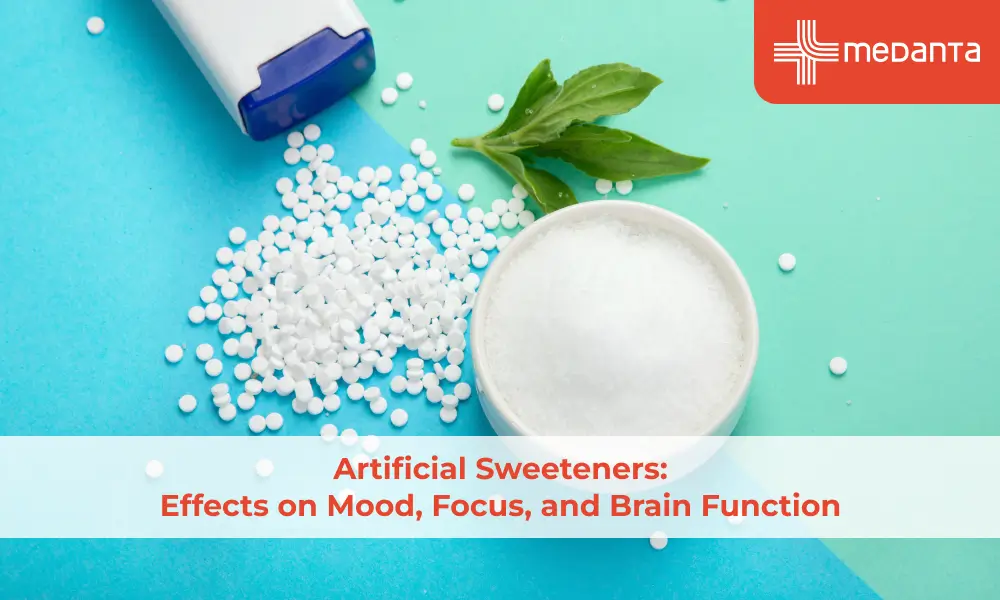Mythbuster: Winter blues

TABLE OF CONTENTS
Introduction:
A change in the seasons, frequently as fall approaches, can cause a kind of sadness known as seasonal affective disorder (SAD). This seasonal sorrow grows heavier in the late autumn or early winter before receding in the lighter days of spring. It's normal to have some melancholy throughout the winter. As it gets dark earlier, you can be confined indoors.
But complete SAD goes beyond this. This kind of depression exists. SAD impacts your daily life, along with how you feel and think, unlike the winter blues. Thankfully, therapy could assist you to navigate this difficult period. The seasonal affective disorder is also known as seasonal depression.
The majority of individuals who have SAD experience symptoms that start in the autumn and linger into the winter, depleting their energy and making them irritable. These signs usually disappear in the summer and spring. Depression is more typically caused by SAD in the early spring or early summer, and it usually goes away in the fall or winter.
There are several ways to treat SAD, including medication, counselling, and light therapy or phototherapy. Take action to maintain your motivation and attitude throughout the year.
Causes:
Although millions of us claim to have experienced winter-related depression, it sometimes appears that the winter blues are an urban legend. But the notion that the season might impact our moods is backed by solid scientific research.
The majority of experts think that the issue has to do with how the body reacts to sunlight. One idea for SAD is that variations in hormone levels result from light entering the eye. Light causes our body to cease producing the melatonin hormone, causing us to become awake.
Winter's decreased daylight hours are known to have an impact on SAD patients. Lethargy and depressive symptoms are caused by increased melatonin production.
Symptoms:
SAD symptoms typically start to show up in late autumn or early winter and disappear throughout the longer, brighter days of spring and summer. People who have the reverse pattern may suffer problems in the spring or summer months. In either instance, symptoms might be moderate at first and worsen as the season goes on.
SAD symptoms and signs include:
Feeling exhausted, down, or down for the majority of the day
Losing interest in activities, you used to like feeling drained and sluggish
Problems with excessive sleep
Cravings for carbohydrates, overeating, and weight gain
Having trouble staying focused
Having a sense of worthlessness or remorse

Winter depression symptoms that are particular to SAD include things like:
Oversleeping
Changes in appetite, particularly a desire for meals heavy in carbs
Gaining weight
Poor energy or fatigue
Seasonal affective disorder is more prevalent in young people and women (SAD).In addition, you have a larger risk if you:
Possess a different mood condition, such as bipolar disorder or severe depressive disorder.
Have family members that suffer from SAD, other types of sadness, or mental illnesses such as serious depression or schizophrenia.
Reside very far north or very far south of the equator. At these latitudes, the amount of daylight decreases throughout the winter.
Live in an area with clouds.
Treatment and management:
You will discuss treatment choices with your doctor. You could need a combination of therapy, such as:
1. Light treatment: Using a dedicated lamp, bright light therapy can help alleviate SAD.
2. Cognitive behavioural therapy (CBT): Talk therapy includes CBT. Research shows that it successfully treats SAD and offers the greatest long-lasting advantages of any therapeutic approach.
3. Antidepressant medications: Doctors may suggest taking antidepressants for depression either on their own or in combination with minimally invasive therapy.
4. Spending time outside: Getting more sun will help your symptoms go better. Attempt to leave throughout the day. Boost the amount of sunlight entering your home or place of work.
5. Vitamin D: Taking a vitamin D supplement might improve your health.
Conclusion
Seasonal affective disorder (SAD), a kind of depression, happens annually during a specific season, typically the winter. Two symptoms include energy loss and a feeling of powerlessness. Fortunately, seasonal depression is treatable. Speak with your healthcare professional. They are there to assist.






